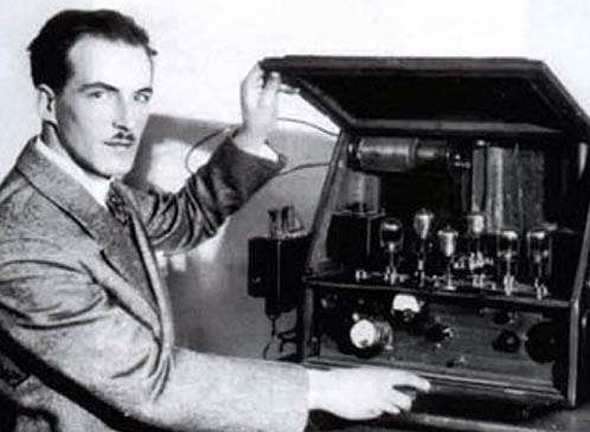
How can children and adults learn to understand classical music?
 It is easier to teach this to a child than to an adult. Firstly, his imagination is better developed, and secondly, the plots of works for children are more specific.
It is easier to teach this to a child than to an adult. Firstly, his imagination is better developed, and secondly, the plots of works for children are more specific.
But it’s never too late for an adult to learn this! Moreover, art reflects life so broadly that it can provide answers to life’s questions and suggest solutions in the most confusing situations.
Let’s start with software works
Composers do not always give titles to their works. But they often do this. A work that has a specific name is called a program work. A larger program work is often accompanied by a description of the events taking place, a libretto, etc.
In any case, you should start with small plays. “Children’s Album” by P.I. is very convenient in this regard. Tchaikovsky, where each piece corresponds to the theme in the title.
First of all, understand the topic on which it is written. We’ll tell you how to learn to understand classical music using the example of the play “The Doll’s Disease”: the child will remember how worried he was when a bear’s ear came off or the clockwork ballerina stopped dancing, and how he wanted to “cure” the toy. Then teach him to connect the internal video sequence: “Now we will listen to the play. Close your eyes and try to imagine the unfortunate doll in the crib and its little owner.” This is exactly how, based on an imaginary video sequence, it is easiest to come to an understanding of the work.
You can arrange a game: an adult plays musical excerpts, and a child draws a picture or writes down what the music says.
Gradually, the works become more complex – these are Mussorgsky’s plays, Bach’s toccatas and fugues (the child should see what an organ with several keyboards looks like, hear the main theme that moves from the left hand to the right, varies, etc.).
What about adults?
Actually, you can learn to understand classical music in the same way – only you are your own teacher, your own student. Having bought a disc with small famous classics, ask what the name of each of them is. If this is Handel’s Sarabande – imagine ladies in heavy robrons and gentlemen in constricting clothes, this will give an understanding of why the tempo of the dance piece is slow. “Snuffbox Waltz” by Dargomyzhsky – it’s not people dancing, it’s played by a snuffbox cleverly arranged like a music box, so the music is a little fragmentary and so quiet. Schumann’s “The Merry Peasant” is simple: imagine a stalwart, red-cheeked young man, satisfied with his work and returning home, bawling a song.
If the name is unclear, clarify it. Then, when listening to Tchaikovsky’s Barcarolle, you will know that this is a boatman’s song, and you will associate the shimmer of music with the flow of water, the splash of oars…
There is no need to rush: learn to isolate a melody and compare it visually, then move on to more complex works.
Music reflects feelings
Yes it is. A child jumps, hearing joy in the play “In the Kindergarten” by composer Goedicke, it’s very easy. If we listen to Massenet’s “Elegy,” it is no longer plot-driven, it conveys a feeling with which the listener is involuntarily imbued. Listen, try to understand HOW the composer expresses a certain mood. Glinka’s “Krakowiak” reflects the Polish national character, which becomes more understandable precisely through listening to the work.
You don’t have to necessarily translate the music into video, this is just the first stage. Gradually, you will develop favorite tunes that match or influence your worldview.
When listening to a larger work, read its libretto first so that you know how the action develops and understand which of the characters characterizes this musical passage. After a few listens, this will become an easy task.
There are other aspects to music: national originality, positivism and negativism, the transmission of images through the choice of a particular musical instrument. We will discuss how to learn to understand classical music deeply and multifacetedly in the next article.
Author – Elena Skripkina





